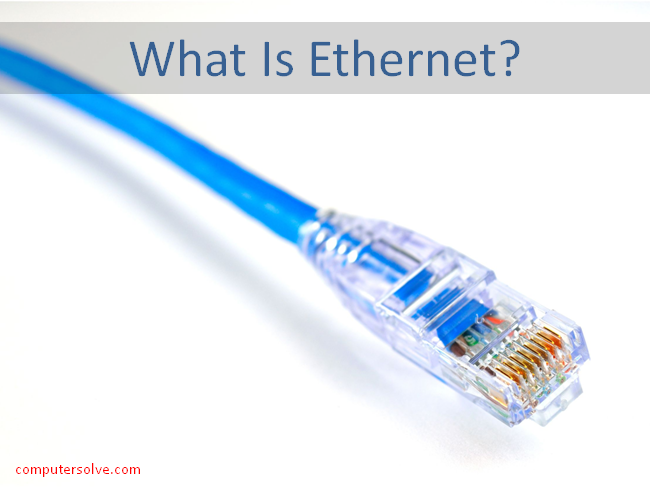Ethernet is a standard communication protocol, useful to create local area networks and it transmits and receives data through cable. It facilitates network communication between two or more different types of network cables. So basically, it connects devices in a network that we use by specific organizations for local networks such as school campuses, hospitals, company offices, etc.
It describes ‘How network devices format and transmit data so other devices on the same LAN, WAN or campus network can recognize, receive and process the information’.
What Are The Uses Of Ethernet ?
Ethernet is used to connect multiple devices in a network with each other and even now this way is the best one for creating a Local Area Network(LAN) or Wide Area Network(WAN). It is also used to connect Wi-Fi router or modem to the internet entry port or telephone line.
It is able to connect to devices wirelessly that require the internet or a network to function, like televisions, laptops, and other electronic gadgets.
Ethernet is widely popular because of its advantages like – speed, security, and dependability.
What Are The Various Types Of Ethernet Cables?
Ethernet may be either a wired or wireless network. In a wired network, we can use various types of cables.

Some most widely used Ethernet cables are given in a list :
- 10Base2 – This is a thin twisted pair coaxial cable.
- 10Base5 – This is thick twisted pair coaxial cables.
- 10Base T – This is a twisted pair cable and it offers a speed of around 10 Mbps.
- 100BaseTX – This is a twisted pair cable and offer a speed of 100 Mbps.
- 100Base FX – Fiber optic protocol which offers a speed of 100 Mbps.
- 1000Base SX – Fiber optic protocol which utilizes a wavelength of 850nm for multimode networks.
- 1000Base LX – Fiber optic protocol which utilizes a wavelength of 1310 nm, for multimode networks and up to 1550 nm for single-mode networks.
Key advantages of Ethernet
- High Speed
- Stable
- Secure
Key disadvantages of Ethernet
- Lower Accessibility
- Typical Transportability
- Costly
